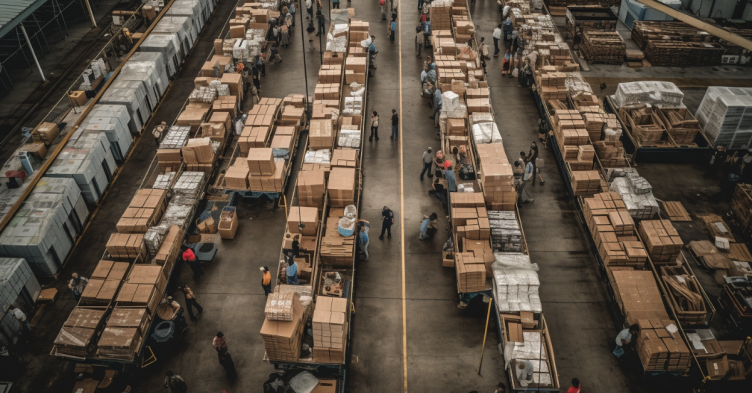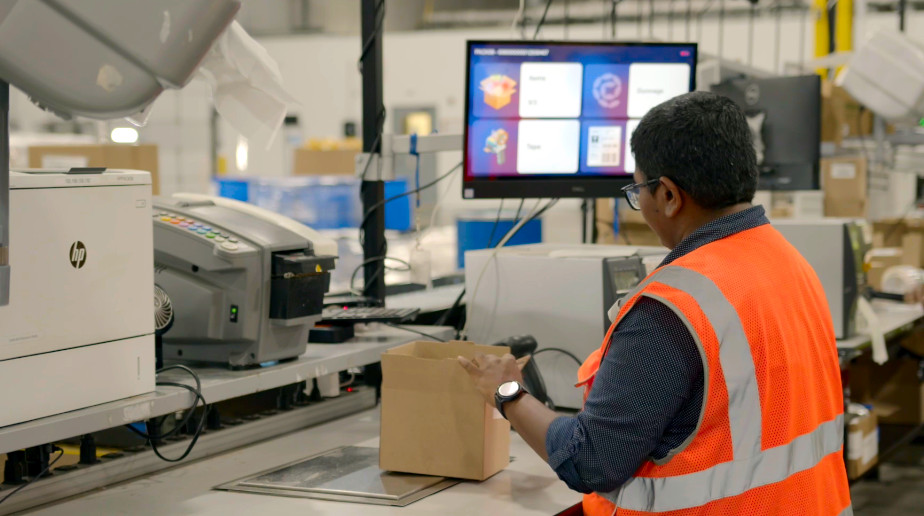Top 3 Best Practices for E-Commerce Warehouse Quality Control
When it comes to running a warehouse, challenges in quality assurance and control are to be expected. Within a warehouse, many people and processes are involved; from picking and packing orders all the way to loading trucks and shipping. Warehouses are fast-paced environments where human errors can occur at any point. If not caught and addressed, these errors can result in frustrated customers, reduced trust and lost business. Quality control therefore demands special care and attention from a warehouse manager.
Currently, most quality assurance and quality controls (QA/QC) in 3PL and e-commerce warehouses is done manually. At the end of an assembly line, after items have been picked and packaged, a QA/QC manager will pull a random package from the outbound packages before it is loaded onto the truck. The thoroughness of these inspections varies: inspections can be done per purchase order or supplier shipment, depending on the warehouse policies and customers’ requirements.

Photo by Adrian Sulyok on Unsplash
The QA/QC manager is usually checking for several things, including whether:
- the shipping label is placed correctly to ensure that they are easily scanned.
- the items placed inside the package correlate to the order number
- the items are packaged correctly and in compliance with the customer’s specifications
QA/QC managers then rely on tools like spreadsheets to log their findings before the next check. This is another potential area where mistakes can be made, as they are also working at a fast pace and often aiming to achieve daily quotas (typically 2-5% of a warehouse daily volume). While most successful 3PLs have a robust quality control system, it remains vulnerable to general human error.
With so many moving parts, it can be overwhelming for any one person to ensure that high rates of accuracy are maintained. We’ve consulted experts in the field and identified 3 effective ways to improve your QC process and minimize mistakes:
TIP 1: Opt for targeted sampling instead of random
Rather than taking a random sample, identify orders which are more likely to contain repeat errors, such as bulk orders. It is also important to stay up to date with your customers’ requirements. Is a brand changing how they want their products packaged? Are there other compliance issues which have been raised? Targeted sampling can ensure greater efficiency in pre-empting and catching mistakes, and could additionally allow a warehouse to offer priority or re-inspections to a customer if requested.
TIP 2: Keep a robust system to track errors and reports
A simple yet thorough system for reports and recording past mistakes is needed to establish a baseline and continuously assess the quality of packout. This data makes it possible to identify orders which may require special care, as well as future steps to implement.
Storing these reports in an easily shareable location like a network or cloud drive can ensure easy accessibility amongst teams.
Here is a free download of a sample QA/QC template.
TIP 3: Leverage audio-visual techniques in your training
Teams which are equipped with proper training show much higher percentages of quality packout than those who get started with just the basics like operating machinery. A good onboarding and training curriculum helps teams visualize how they all work together, defines clear metrics for success and the best ways to catch and address errors. Audio-visual training techniques and resources such as videos can be especially helpful for teams to retain information. Most workers benefit from having important information relayed in small and practical chunks, rather than being bombarded with too much too soon.
*Want to make this even simpler?*
We at Rabot Inc. (aka “Rabot”) have incorporated these time-tested methods and more into building our AI tools. With the help of Rabot, you can get clear visibility on packing stations, scan for common errors, and validate orders easily from your dashboard. By automating much of the process. We help warehouses gain insights and ensure a successful, quality operation without having to increase the size of their teams, as well as taking some of the load off existing personnel.
- To learn more about Rabot, book a demo today.*









